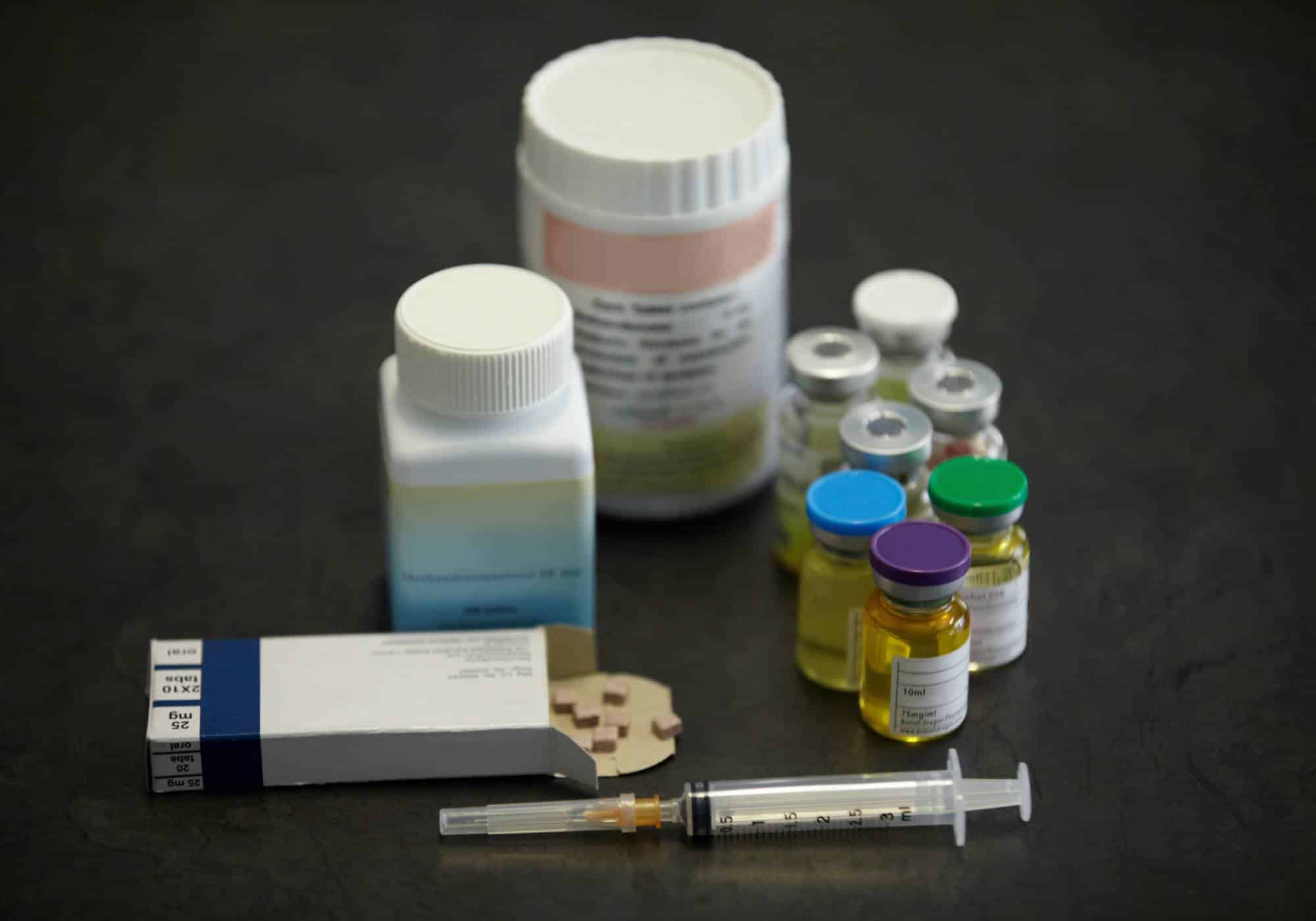The curiosity surrounding the duration a substance stays in the body often stems from concerns about drug testing, rather than purely academic interest in chemistry and biology. The most reliable method to ensure passing a drug test is to abstain from drug use. If you find yourself using substances and are concerned about not being able to stop, especially in the context of impending drug tests, it’s crucial to seek assistance. Wondering about the specifics, such as “How Long Does Kratom Stay in Your System?,” might indicate a deeper issue related to substance use. Hope Harbor Wellness stands ready to offer support and guidance for those facing challenges with kratom addiction in Atlanta, GA.
What is Kratom?
Kratom, derived from the leaves of the tree bearing the same name found in Southeast Asia and Africa, represents a unique plant within the coffee family. However, unlike coffee, kratom is not utilized for making traditional beverages. Instead, local populations have harnessed kratom leaves for various purposes, including as a stimulant to combat fatigue and enhance productivity.
Kratom has also been noted for its role in certain spiritual rituals, attributed to its opium-like effects. These effects primarily stem from key compounds within the kratom extract, such as mitragynine and 7-hydroxymitragynine, which are thought to affect the brain’s opioid receptors similarly to narcotics.
Although the Drug Enforcement Administration (DEA) has yet to classify kratom as a controlled substance, it is monitored due to growing concerns. Research by the DEA indicates that kratom can produce stimulant effects in small doses. In contrast, larger doses mimic the effects of opioid drugs, offering pain relief among other properties. The interest in kratom within the United States is significant, with a dedicated following advocating for its medicinal uses, particularly its potential to ease pain and assist in managing opioid withdrawal symptoms from drugs like heroin.
How Long Does Kratom Stay In Your System?
Kratom’s detectability in the body depends on various factors, including the frequency of use. Here’s how long kratom can stay in your system:
- Blood and Saliva: Typically, kratom can be detected for about five to six days, after which it is no longer traceable.
- Urine: Kratom traces can linger for up to seven days, making urine tests a slightly longer window for detection.
- Hair Follicles: While hair follicle tests for kratom do not currently exist, theoretically, kratom could be detected up to 90 days in hair, as hair holds onto drug traces the longest.
The half-life of kratom, about 24 hours for regular users, plays a significant role in how long it stays in the system. This half-life can vary dramatically based on usage patterns:
- Daily Users: For those who use kratom daily over a year, the half-life is typically 24 hours.
- Occasional Users: Infrequent users may find kratom’s half-life to be much shorter, lasting only a few hours.
As kratom continues to be explored for its medicinal properties, understanding its safety and how long it remains detectable in the body is crucial, especially for those concerned about drug testing.
How Long Do the Effects of Kratom Last?
The impact and duration of kratom’s effects are influenced by multiple factors, with the dosage amount playing a key role. Users report that in smaller quantities, kratom acts as a stimulant, promoting energy and alertness. Conversely, larger doses tend to induce sedative qualities similar to those of opioids. Traditional use, such as chewing the leaves, requires multiple sessions throughout the day—ranging from three to ten times—to sustain its energizing and euphoric benefits. Typically, the onset of effects from chewing dried kratom leaves occurs within 10 minutes, lasting about 1 to 1.5 hours.
For those ingesting significant amounts of dried leaves, a serene, dreamy state may ensue, extending up to six hours. This prolonged effect contributes to kratom’s inclusion in spiritual and ritualistic ceremonies, akin to the use of psychedelic mushrooms. The experience and longevity of kratom’s effects can vary widely due to factors such as:
- The quantity consumed
- The user’s health conditions
- Age
- Concurrent use of other substances
- The kratom’s potency and purity
- Individual tolerance levels
- Consumption method
- Genetic factors
- Diet and hydration levels
Kratom’s effects are typically more pronounced on an empty stomach, whereas consumption after eating might delay the onset of effects by at least an hour. In capsule form, the timeline for feeling kratom’s effects may extend further, as the capsules need time to dissolve in the stomach.
What Affects How Long Kratom Stays in Your System?
The detection time of kratom in your body can be influenced by a variety of factors, including:
- The method of kratom consumption
- Your body fat percentage
- The presence of other substances in your system
- The type of food and beverages consumed alongside
- The speed of your metabolism
- Your age
- Liver health and functionality
- Any existing medical conditions
- Alcohol consumption levels
- Your overall body weight
- The amount of kratom taken
Understanding these factors can provide insight into how long kratom may remain detectable in your system, potentially affecting the outcomes of a kratom drug test.
How is Kratom Detected on Drug Tests?
While kratom, consumed in its natural leaf form, might seem elusive to drug screenings, it’s essential to understand its potential for detection. Kratom does not appear in the standard SAMHSA 5 drug tests, which are designed to identify commonly misused drugs such as Amphetamines, Cocaine, Marijuana, Opiates, and Phencyclidine (PCP). Yet, kratom’s unique alkaloids can be identified through more specialized testing methods.
Urine Tests
Specific urine tests can detect kratom alkaloids. Given kratom’s status outside controlled substances, precise detection windows are less researched, but indications suggest kratom may be traceable in urine for more than a week.
Blood Tests
Blood screenings offer a more detailed analysis, potentially revealing not just the presence of kratom but also the quantity consumed. For frequent or long-term kratom users, blood tests can identify metabolites of the substance days after use.
Hair Tests
Hair follicle tests are renowned for their long detection periods for substance use, retaining markers over extended times. However, the efficacy of hair tests in detecting kratom remains uncertain due to a lack of specific research.
Saliva Tests
Oral fluid testing, a common method for various drug detections, might theoretically identify kratom metabolites. Nonetheless, without kratom classified as a controlled substance, its detectability in saliva tests is still unknown.
Understanding these nuances is crucial for individuals concerned about kratom’s traceability in drug screenings, highlighting the importance of being informed about the specific types of tests that may identify kratom use.
Kratom Addiction and Withdrawal
The journey with kratom can lead to physical dependence, where individuals may experience withdrawal symptoms if they cease usage or go a certain period without the substance. Some commonly reported kratom withdrawal symptoms include:
- Difficulty sleeping.
- Emotional fluctuations.
- Nasal congestion.
- Muscle discomfort.
- Involuntary limb movements.
These symptoms bear resemblance to those experienced with withdrawal from opioids, such as hydrocodone and heroin, highlighting the complex nature of kratom’s impact on the body.
The process of withdrawal is influenced by several personal factors, including the individual’s overall health, genetic makeup, and specific usage habits of kratom. Moreover, the duration of withdrawal symptoms can also be affected by the drug’s presence in the body, which is tied to its rate of elimination. Understanding these aspects is crucial for anyone navigating the path to recovery from kratom dependence.
Kratom Addiction Treatment in Atlanta, GA at Hope Harbor Wellness
In today’s quest for wellness, many turn to substances marketed as organic and natural solutions for easing withdrawal symptoms from other drugs. However, not all claims about these alternatives hold up to scrutiny, leading to unexpected addictions on substances not traditionally classified as illegal drugs. At Hope Harbor Wellness, we prioritize understanding the complexities of substance addiction to offer the most effective support and treatment. Our comprehensive services include partial hospitalization program, intensive outpatient program, and outpatient programs tailored to address substance abuse challenges. Call our admissions team at 678-605-9725 to explore how we can assist you on your journey to recovery. Let’s start your path to wellness together.












